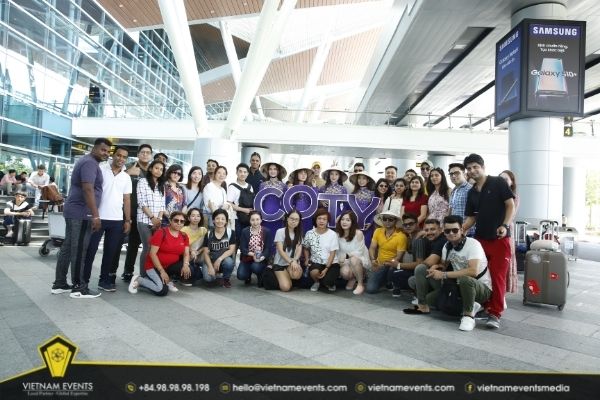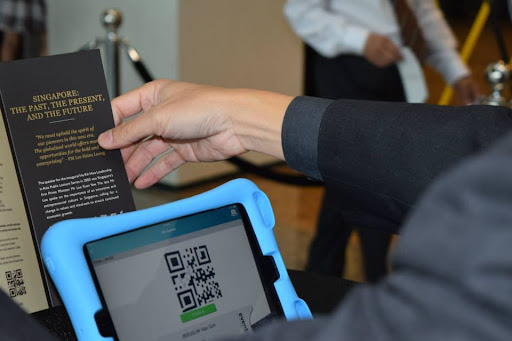For nearly two years, live events have been extremely affected by Covid-19. In the post-pandemic period, live events will definitely bounce back. However, there will also be certain changes in the budget, organization… Let's learn about the recovery and changes of the post-Covid-19 live events!

The recovery
When social distancing is over and events are reorganized, face-to-face contact will still have certain limitations. Attendees themselves will also feel aversion to the risks of gathering in large numbers. Therefore, event organizers believe that when normalcy returns, we should start with Hybrid Events.
- 70% of people who attended an online event said they wanted to join live events. That shows that online events are very effective in increasing reach and attracting more customers to attend in-person events.
- On the contrary, we also need to have direct elements to attract customers and interact when attending online events.
Businesses should note that when organizing a hybrid event, always have to set the journey to experience both audiences (live and online) equally to ensure maximum effectiveness for the event.

Changes
After covid - 19, the live event returned with the following changes:
About the budget
The decline in event budgets after the pandemic is natural and we are not surprised by this. The trend is that businesses and brands will organize fewer events on, smaller scale, everything in an event needs to be more selective and minimalist. The investment budget for the assessed event will recover on average in about 10-12 months.
However, there will still be brands that accept large investments to easily stand out from the past (Previously there were too many other big events held to reduce customers' attention to their brands).
Covid-19 safety principles
Although safety is always a top priority in event organization, in the post-pandemic period, organizing a live event needs the highest safety including Vaccine passport, on-site rapid test method; Keeping a distance, mask, disinfect… Specifically as follows:
- Communicate event attendance safety rules to attendees.
- The venue must also be suitable for the scale, capacity, and optimization of the event space to create distance for attendees. You can choose an outdoor event location to reduce the risk of infection.
- Divide the path for different objects instead of focusing all in one space
- Take advantage of technology for customers to register, check-in remotely, control the number and time of arrivals...
- Ensure the best hygiene standards in the event area
- Prioritize serving food for individuals instead of buffet/tea break as before
- Limit contact with objects during the event as little as possible. For example, with an inauguration ceremony, instead of using old tape-cutting scissors, it is possible to use technology activated by mobile phones; replace paper tickets with QR codes to check-in...

Other changes
Organizing a post-Covid live event, we must always be ready to change our plans 1-2 days before the event. Need to create more ways to connect, meet, directly approach and communicate to customers on a small scale/individual.
In addition, it is necessary to promote the sustainability of the event by reducing waste, reducing the number of single-use plastic cups, plastic bottles, etc. for the event.
It's been an unprecedentedly difficult time for live events, but live events will definitely bounce back as we humans always need face-to-face experiences. Live events may never be completely replaced by online or virtual events.
Views: 1448


